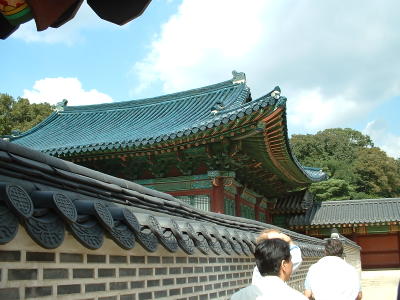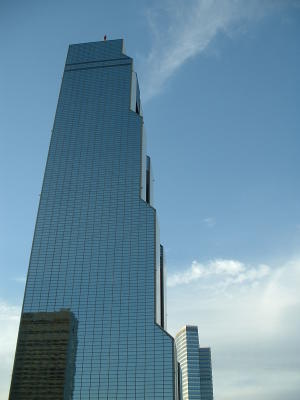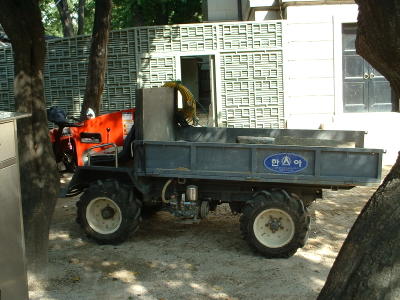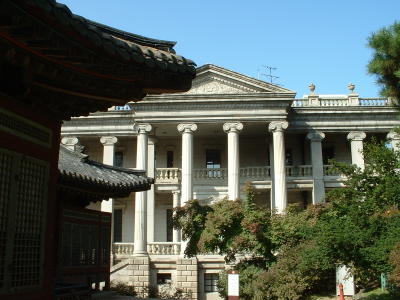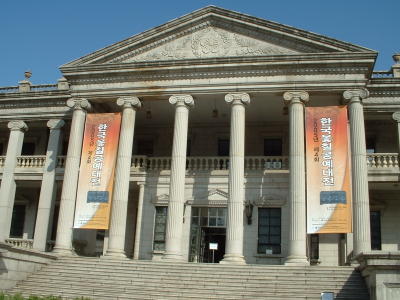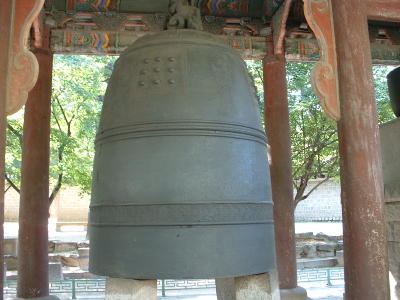Korea Travels -- Index
Hi From Korea!
Day 0-1 :
Day 2 :
- Gyeongbokgung Palace
- Gyeongbokgung Palace Part 2
- Gyeongbokgung Palace Folk Museum
- Shopping in Insadong
- Insadong Wedding March
- Mt Namsan and Seoul Tower
- Mt Namsan Part 2
- New River
- Chongno Tower
- Demonstration and Riot Control
- Olympic Park Rock Climbing Competition
- Olympic Park Buddy Bear Fesitval
- Olympic Park Buddy Bear Festival Part 2
- Olympic Park Buddy Bear Festival Part 3
- Olympic Park Peace Plaza
- Olympic Park Flag Plaza
- Olympic Park Fountain
- Olympic Park Sculptures
- Olympic Park Views
- Miscellaneous Sights
- Demonstration and Riot Control
Day 6 :
Day 7 :
- Serok National Park Buddha
- Serok National Park
- Seorak Park Trail 1
- Seorak Park Trail 1 Bisondae Rock
- Seorak Park Trail 1 Onward to Geumganggul Cave
- Seorak Park Trail 1 Almost to Geumganggul Cave
- Seorak Park Trail 1 Geumganggul Cave
- Seorak Park Trail 2 Heundeulbawi Rock
- Seorak Park Trail 3 Piryong Waterfall
- Serok National Park at Dusk
Day 9 :
- Deoksugung Palace
- Deoksugung Palace Part 2
- Deoksugung Palace Part 3
- Deoksugung Palace Part 4
- Deoksugung Palace Part 5
- Deoksugung Palace Part 6
- COEX and Hyundai Department Store
Day 11 :
Day 12 :
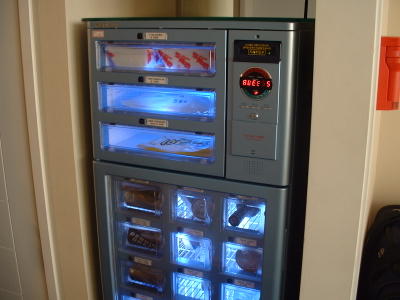 We flew through some awesome weather on the way back. We saw a lightning bolt hit our wingtip. That was cool. Unfortunately, I didn't get a picture of that.
We flew through some awesome weather on the way back. We saw a lightning bolt hit our wingtip. That was cool. Unfortunately, I didn't get a picture of that.



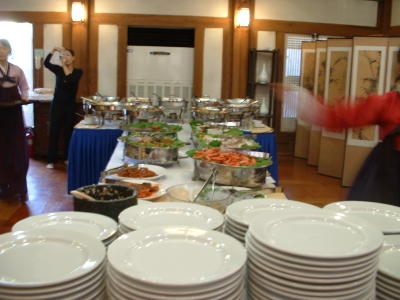



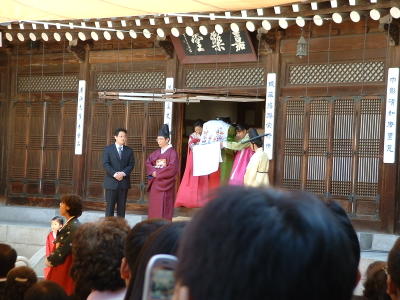
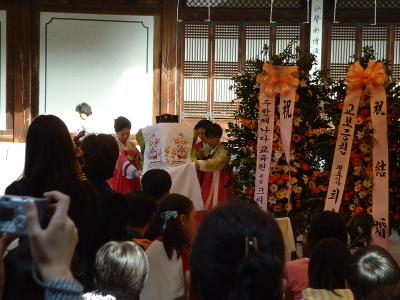



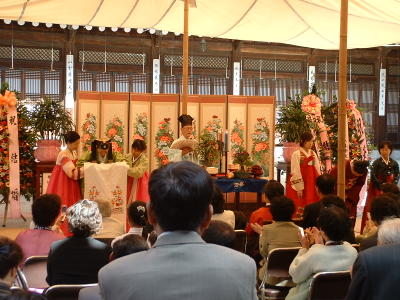

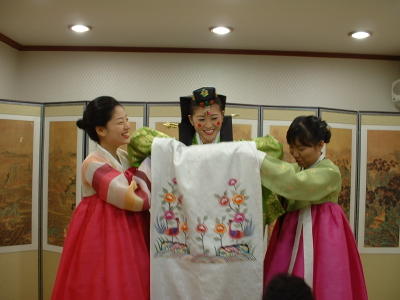

 Nakseonjae, seen below, was first built in 1847 for the royal concubine, Lady Kim.
Nakseonjae, seen below, was first built in 1847 for the royal concubine, Lady Kim.

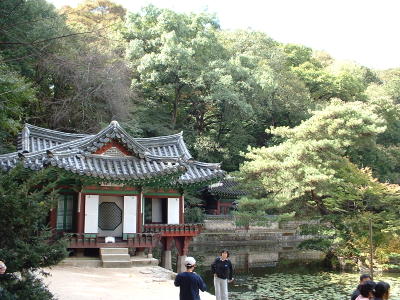


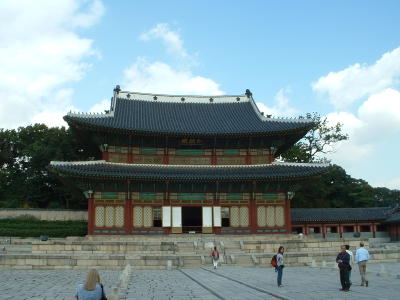

 This is where the king sits.
This is where the king sits.
